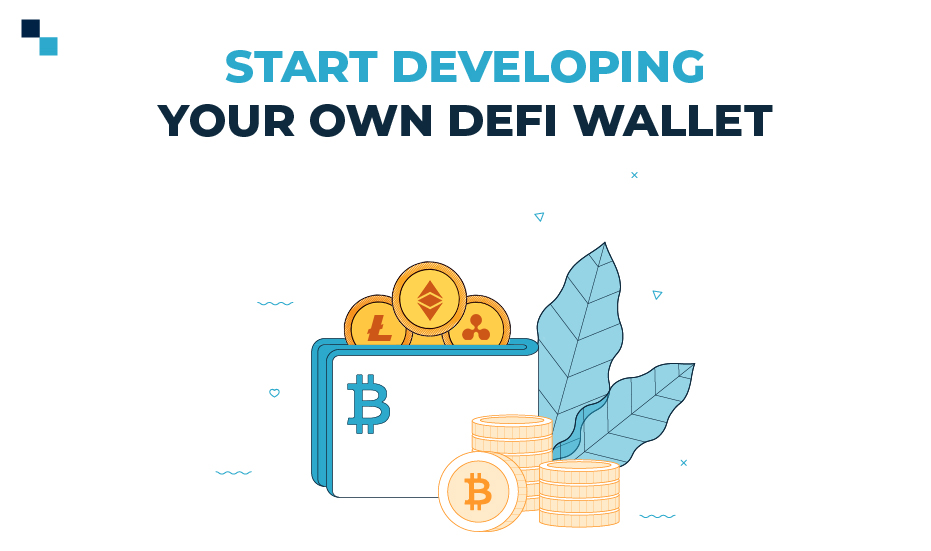Cryptocurrency’s promise to the world is to make money and payments universally accessible to everyone, without any geographical barriers.
Decentralized Finance (DeFi) takes that promise a step further. DeFi is a rapidly growing industry and a large part of its success relies on a DeFi wallet. Imagine that you provide your users with a global, open alternative to every financial service they use today, such as savings, loans, insurance, and trading at just a single tap of their smartphone. You could generate a new revenue stream for your business.
So if you have decided to start developing your own DeFi wallet and thrive in the financial world, the next step is to understand how to go ahead.
Well, before your rush with the development process, it is important to be clear about what DeFi wallet is.
DeFi wallets are based on the concept “be your own bank”. They offer transparency, freedom, and accessibility, all while ensuring the user is still in charge of their own funds. This is the reason they are gaining immense popularity among users.
How to Build a DeFi Wallet
Step 1- Defining the problem and setting goals
In the beginning, it is important to find out how the DeFi wallet is going to solve a particular problem and if you need blockchain technology for that. To make a DeFi wallet, it will be good to have a business analyst on board.
Step 2- Designing the Architecture
Here you should choose where your DeFi wallet will be placed: in-house, in the cloud, or in a hybrid way. We recommend the cloud framework. Next, you need to choose a perfect solution in terms of access: private blockchain, public blockchain, hybrid blockchain, permissionless solution, etc. Depending on your business type, each solution may work better than others. But well, if you intend to have different roles in your wallet, private blockchain may be the best solution to build a decentralized wallet.
Step 3- Choosing the Consensus Algorithm
Like any decentralized system, the developers need to choose how the network members authenticate a transaction, for example, via proof of work, proof of stake, Byzantine fault-tolerant, etc. If you are not sure, do not shy to consult a skilled team of developers and business analysts.
Step 4- Selecting the Platform
Depending on the stability needs, scale, solution, and budget, you need to choose a blockchain platform to build your DeFi wallet. The leading platform to make decentralized finance, for now, is Ethereum. Since it’s an open-source solution platform, it helps to accelerate the development and save costs. This, in turn, will be a better choice, as building a DeFi platform from scratch requires higher development cost and time.
Want to Buy Bitcoin Wallet?
Step 5- Designing UI and Admin Console
No matter how great your backend is, a user will be able to evaluate the DeFi wallet by its intuitive UI and functionality. This is the reason why you need experienced and proficient front-end designers and developers to nail it.
Read More:-
https://www.antiersolutions.com/how-to-develop-your-defi-wallet-a-complete-guide/
